Foto: Ian Brodie / VisitSouthernNorway.com
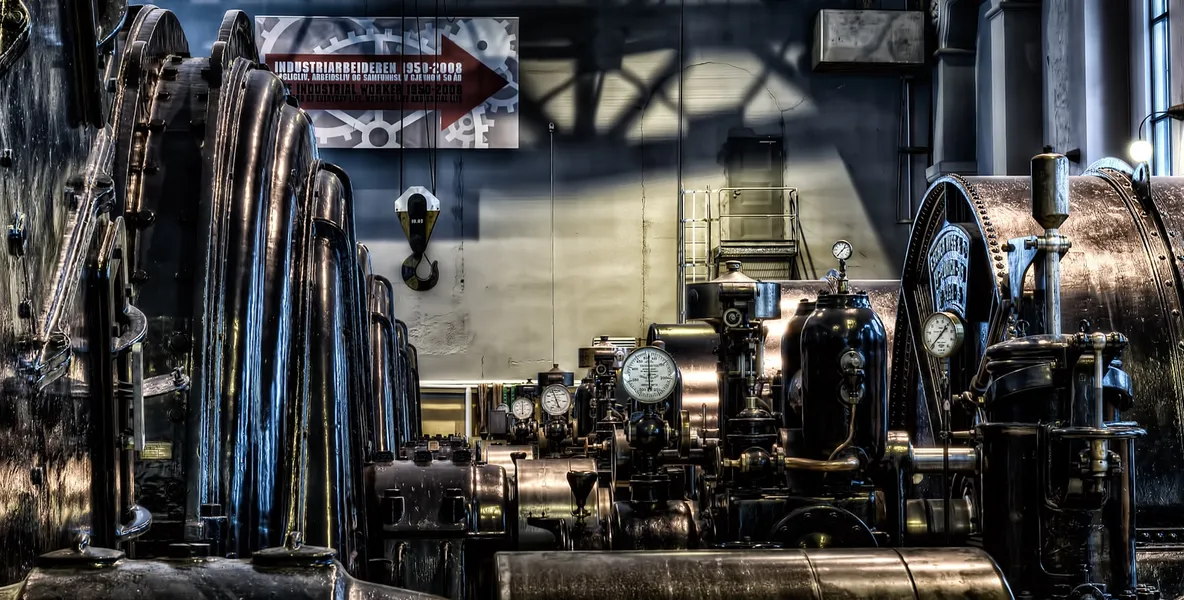
Norsk Industrial Museum – Exciting and dramatic history
At the Norwegian Industrial Museum you can experience the exciting history of Rjukan and Vemork, which includes the world's largest power plant, the invention of mineral fertiliser – and one of most important and dramatic sabotage operations of World War Two.
How did the world's largest power plant come to be built in Rjukan in 1911? What lies behind inventions like the electric arc furnace and mineral fertiliser that made a huge difference to food production around the world? And what really happened in the dramatic sabotage that prevented Hitler from developing an atomic bomb with heavy water from Rjukan?
All this and much more can be answered with a visit to the Norwegian Industrial Museum. The museum has branches in several locations, mainly at the Vemork power station near Rjukan and at the Telemark Gallery in Notodden approx. one hour southeast of Rjukan.
At the museum, you can get an insight into the area's impressive industrial history and, not least, hear about how unique and groundbreaking inventions were created from the area's natural forces (including the Rjukanfossen waterfall, where meltwater gushes down from Hardangarvidda).
But it's not just industrial inventions that have grown out of the beautiful landscape – at the museum you can also see how Telemark's stunning scenery has inspired a string of Norwegian artists over the centuries.
Make sure you allow plenty of time for your visit – in Vemork the museum has five exhibitions in addition to the power station's spectacular boiler hall, and in Notodden you can visit both the World Heritage Centre and the Telemark Gallery.
Look around
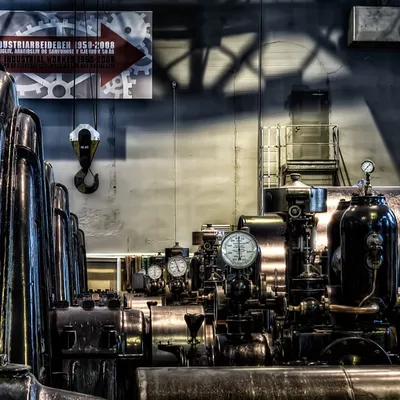
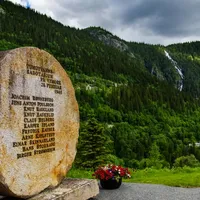

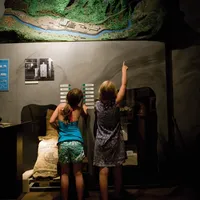
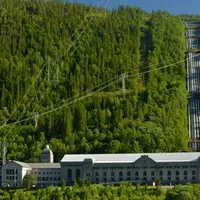
Location
Norsk Industriarbeidermuseum, Vemork, 3660 Rjukan, Norge
Reviews
Loading...